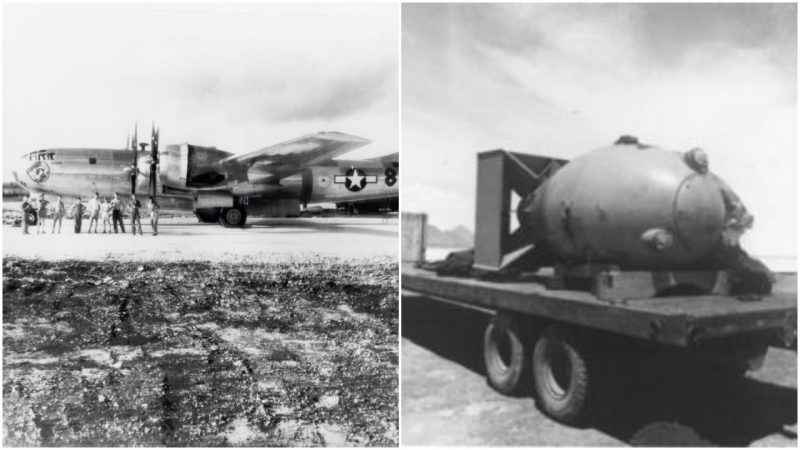The atomic bomb that exploded over Nagasaki on August 9th of 1945 was nicknamed “Fat Man.” It was developed by the secret United States research program named the Manhattan Project, and was far more powerful than “Little Boy,” the bomb dropped on Hiroshima three days earlier.
The weather conditions caused the bomb to be dropped on an area of the city that was shielded by hills, but the explosion killed almost 40 thousand people and injured another 60 thousand.
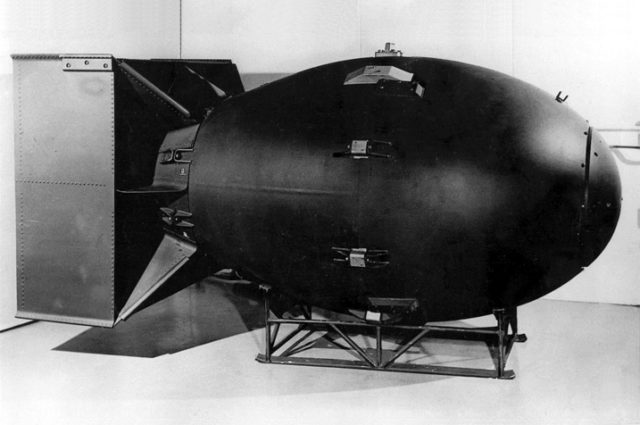
The design of the “Fat Man” was different than the one used to create “Little Boy.” “Little Boy” was a smaller bomb that imitated the cylindrical shape of conventional bombs, and “Fat Man” was equipped with an ellipsoidal munition casing which was designed to enclose the bomb’s plutonium implosion nuclear weapon core.
The researchers of the Manhattan Project needed to test the bomb’s properties to ensure that the weapon is functional and that it could be safely flown to Japan and thrown over one of the targeted cities. For safety reasons these tests needed to be conducted without using an actual nuclear weapon, so the Manhattan Project developed the “pumpkin bomb.”
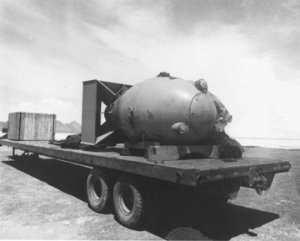
“Pumpkin Bomb” was a type of conventional aerial bomb that was designed to test the ballistic and handling characteristics of the “Fat Man.” Pumpkin bombs were loaded on B-29 Superfortress bombers and dropped on targets to simulate nuclear bombings.
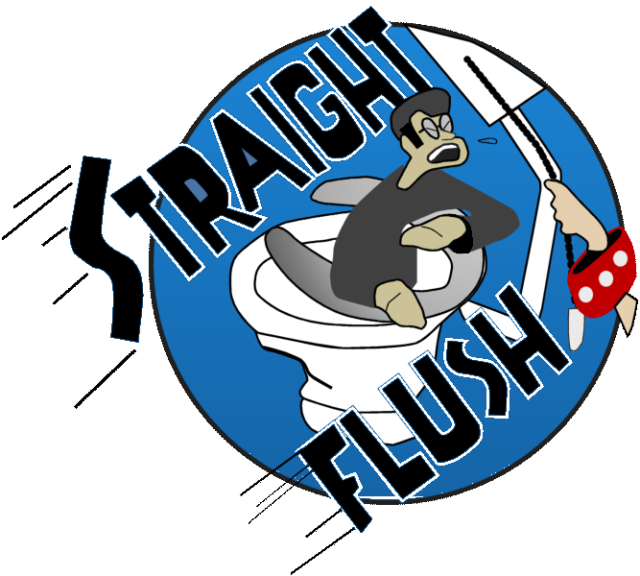
Some pumpkin bombs were filled with non-explosive fillings and served for purely ballistic tests, while others were filled with 2900 kilograms of non-nuclear explosives and had significant destructive power. The Manhattan Project officials joked that the pumpkin bombs should be painted orange because they resembled pumpkins, but they ended up being painted either khaki or yellow. However, they were officially referred to as “pumpkin bombs” in the U.S. Army documents.
Pumpkin bombs were also used in action: a total of 49 pumpkin bombs were dropped on 14 targets in Japanese cities that were targeted for atomic bombing. The missions during which the bombs were dropped resembled the actual atomic bombing missions, and the U.S. Army researchers concluded that the bombs were efficient in eliminating Japanese industrial plants if they were dropped sufficiently close to the target.
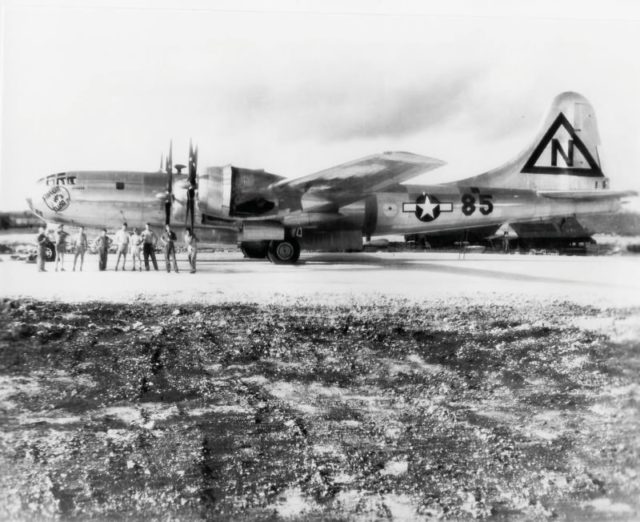
The most notable use of a pumpkin bomb was on June 20th of 1945, when a B-29 Superfortress bomber named Straight Flush attempted to drop a pumpkin bomb on the Imperial Palace in Tokyo.
Fortunately for the Japanese cultural heritage, the bomb missed the palace and hit a bridge called Gofukubashi.
